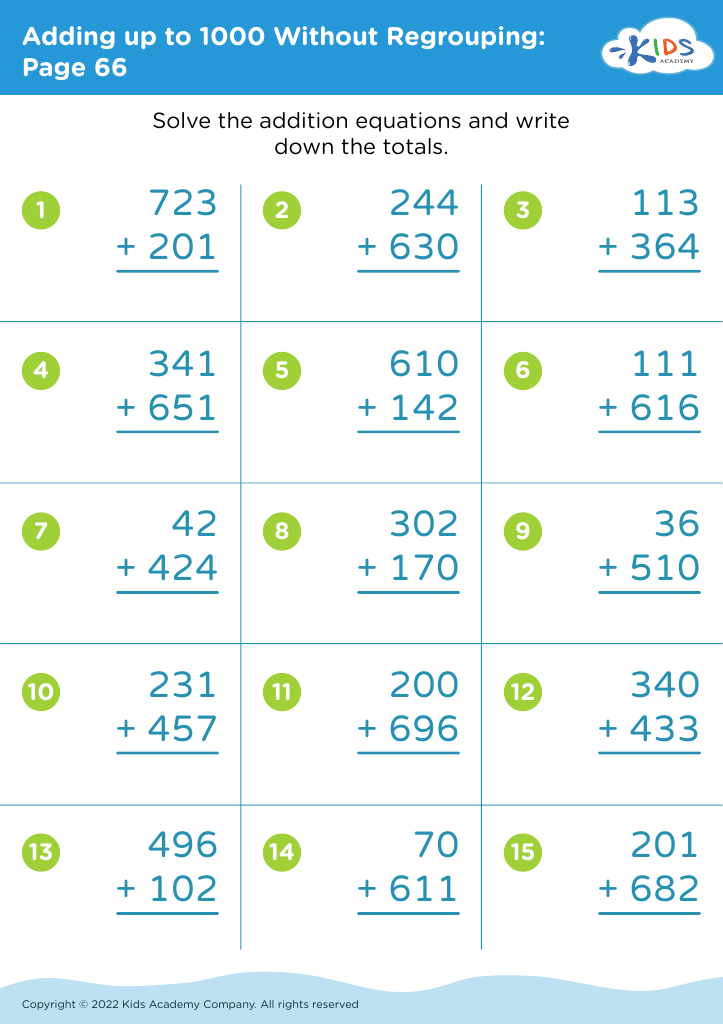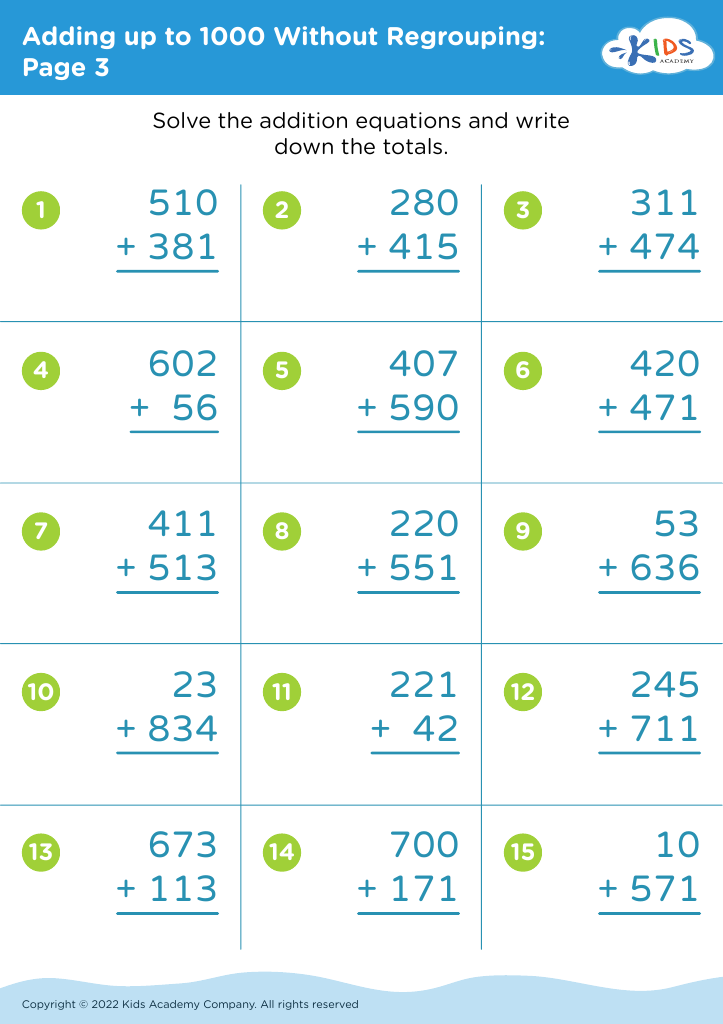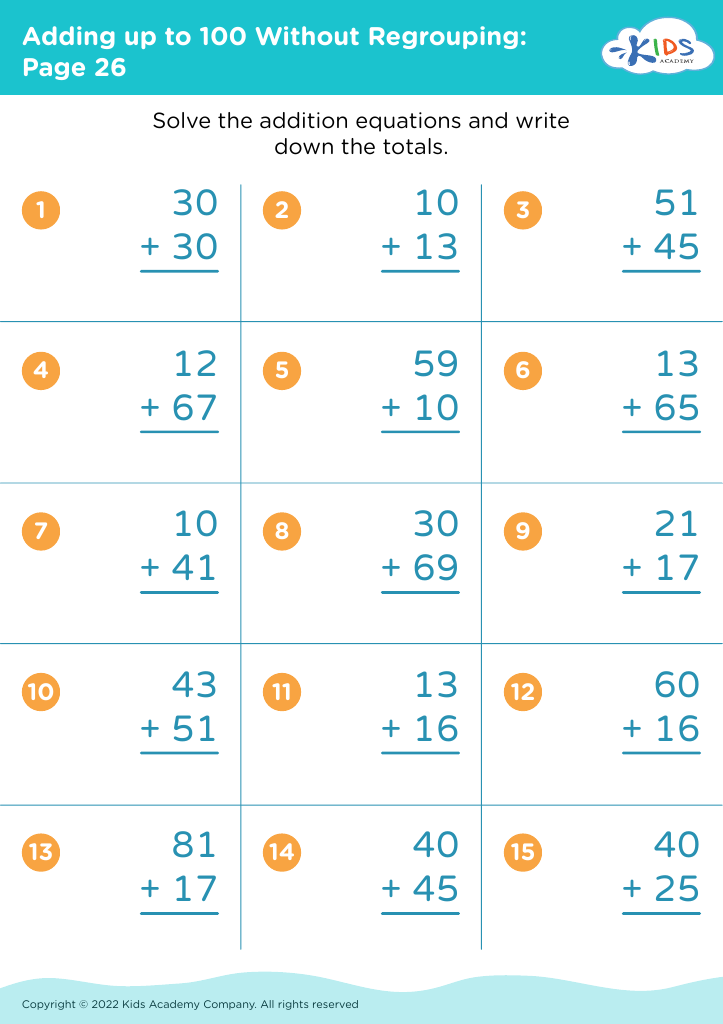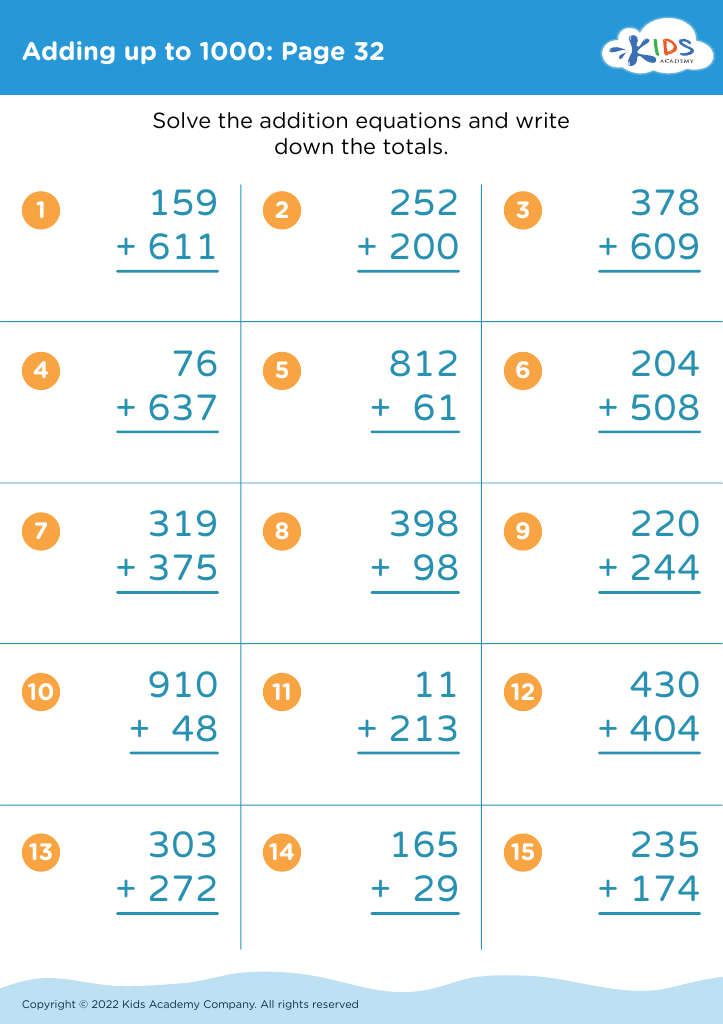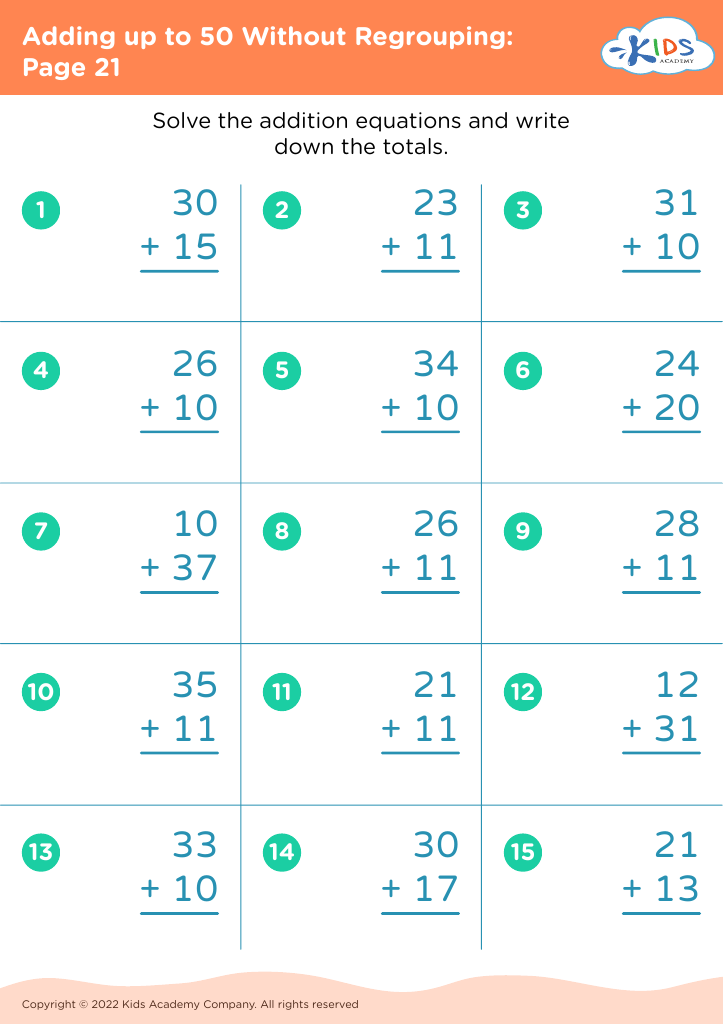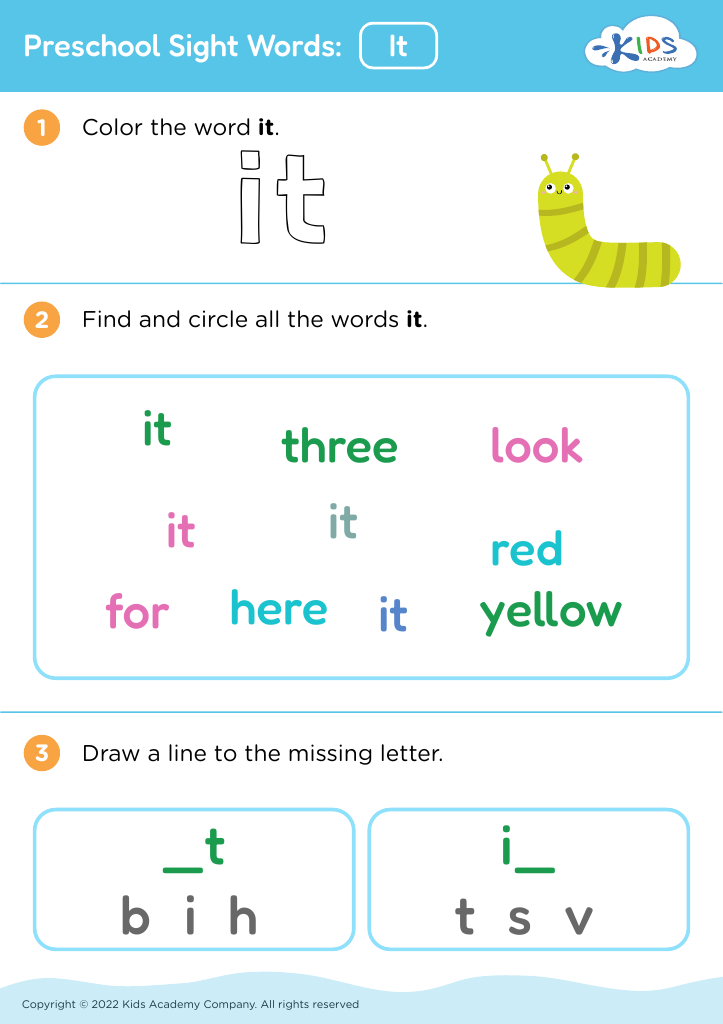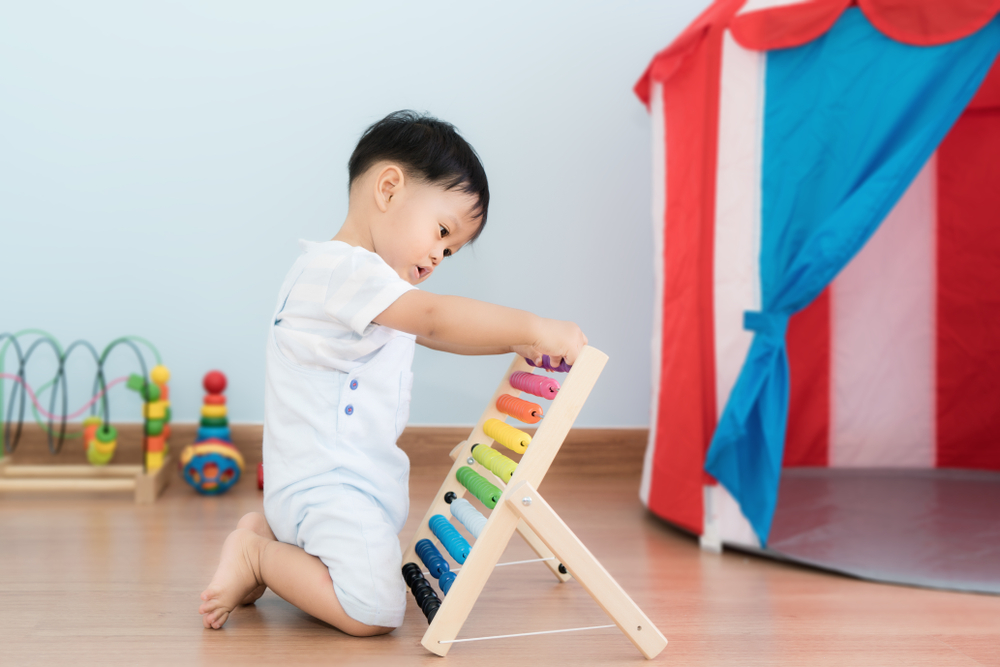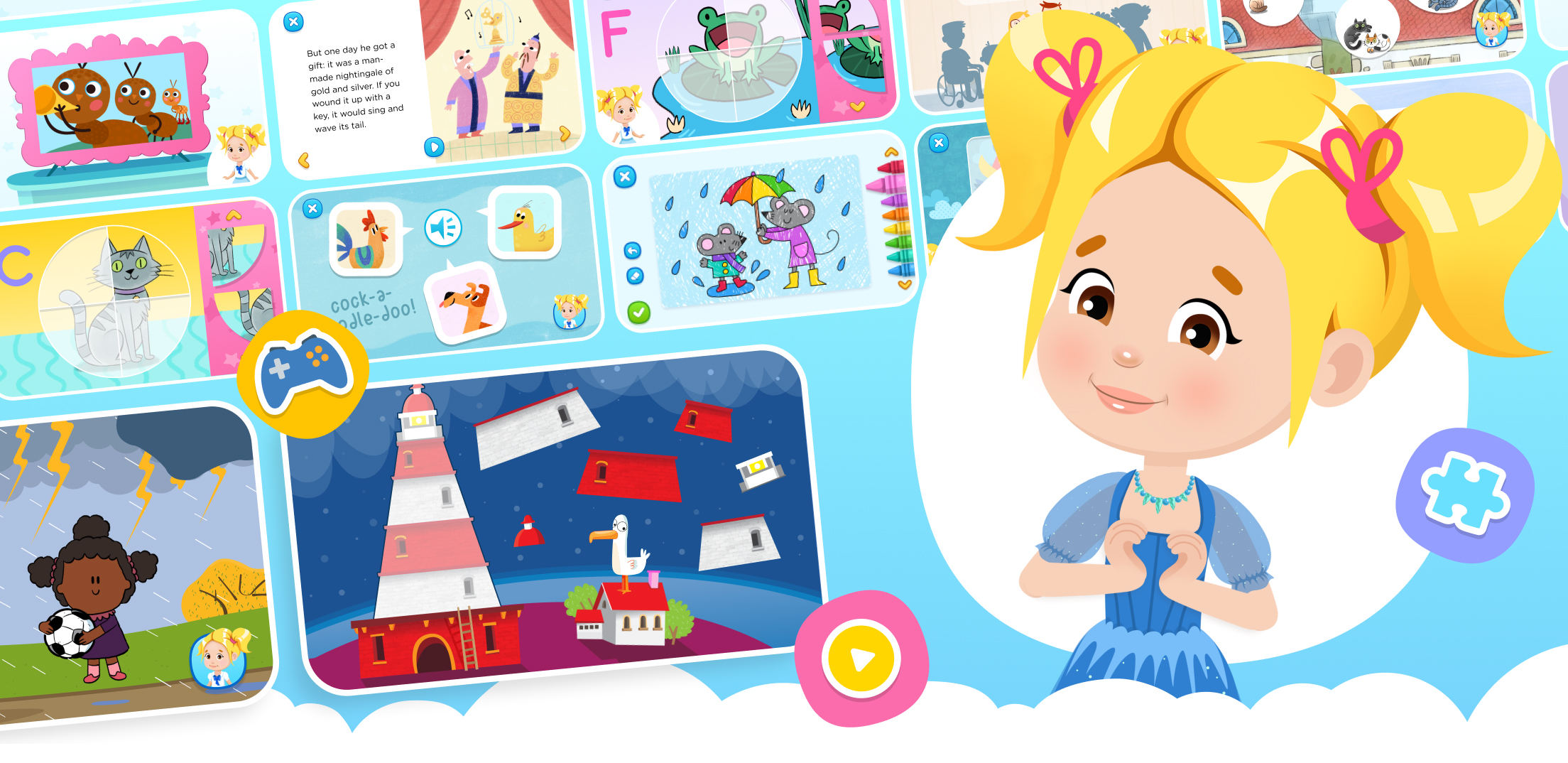Recognize shapes Worksheets for Kids
12 filtered results
-
From - To
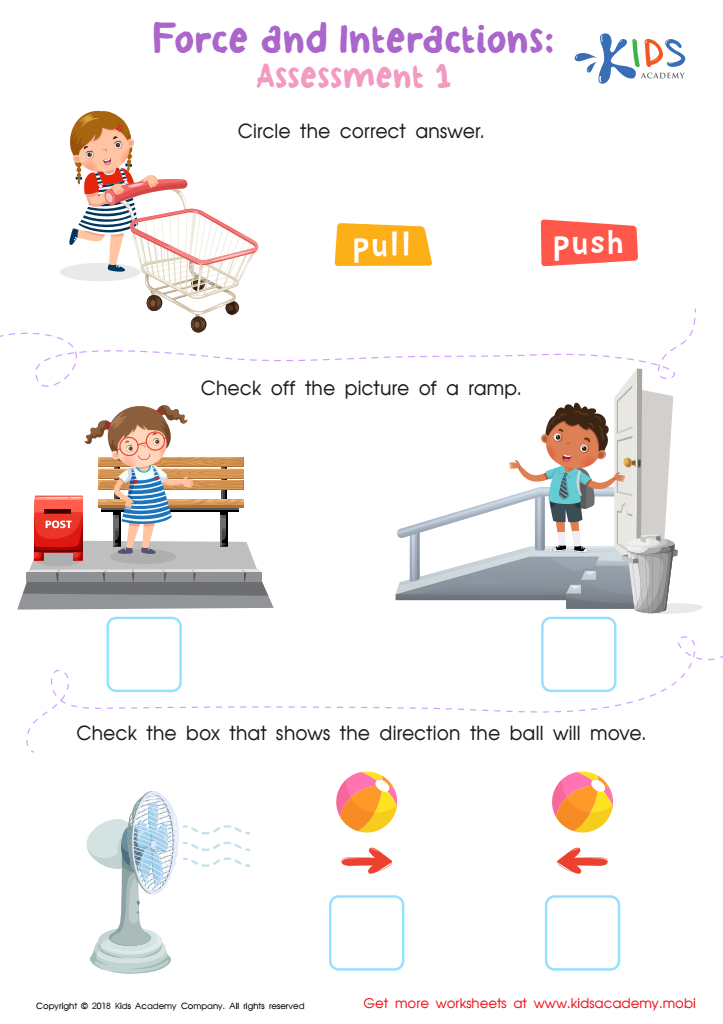

Force and Interactions: Assessment 1 Worksheet
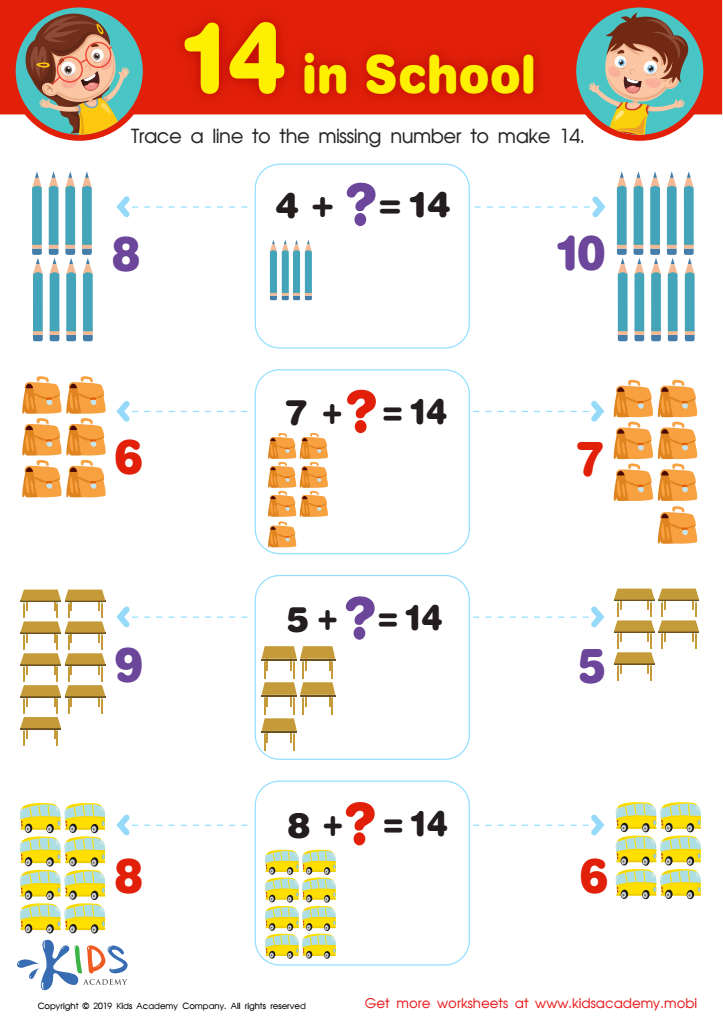

14 in School Worksheet
Question/Answer
How does the mastery of the Recognize shapes skill affect a student's performance at an early age?
Mastery of the Recognize Shapes skill at an early age significantly enhances a student's spatial reasoning, critical thinking, and problem-solving abilities. It lays a foundational understanding of geometry, aids in developing fine motor skills through drawing and manipulating shapes, and improves cognitive skills like memory and attention.
How to train the Recognize shapes skill in Kindergarten students learning about Addition & Subtraction?
Integrate shape recognition into addition and subtraction by using physical manipulatives like blocks or cutouts of different shapes. Challenge students to group, add, or subtract these shapes based on their characteristics. Incorporate visual aids and interactive games that require identifying and manipulating shapes to solve math problems, reinforcing both shape recognition and basic arithmetic skills simultaneously.
How to test a Kindergarten student’s Recognize shapes skills?
To test a Kindergarten student's ability to recognize shapes, present them with a series of different shapes (circle, square, triangle, rectangle, etc.) in various sizes and colors. Ask the student to name each shape as they see it. This can be done using flashcards, shape blocks, or interactive digital tools to ensure engagement and accurately assess their shape recognition skills.
 Assign to My Students
Assign to My Students

